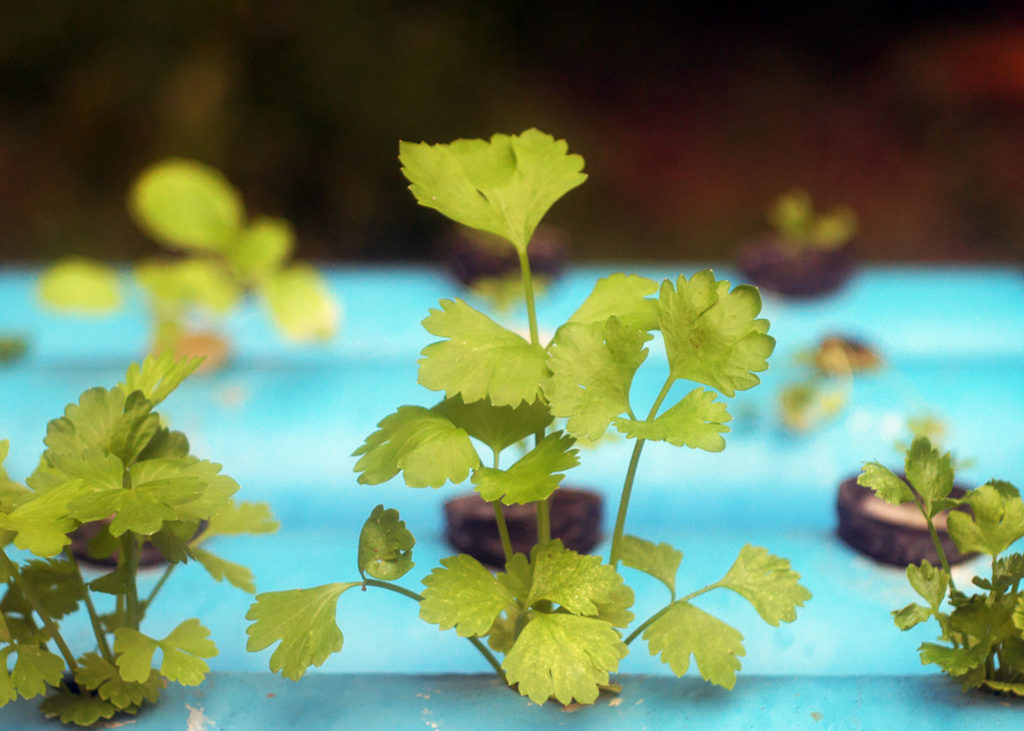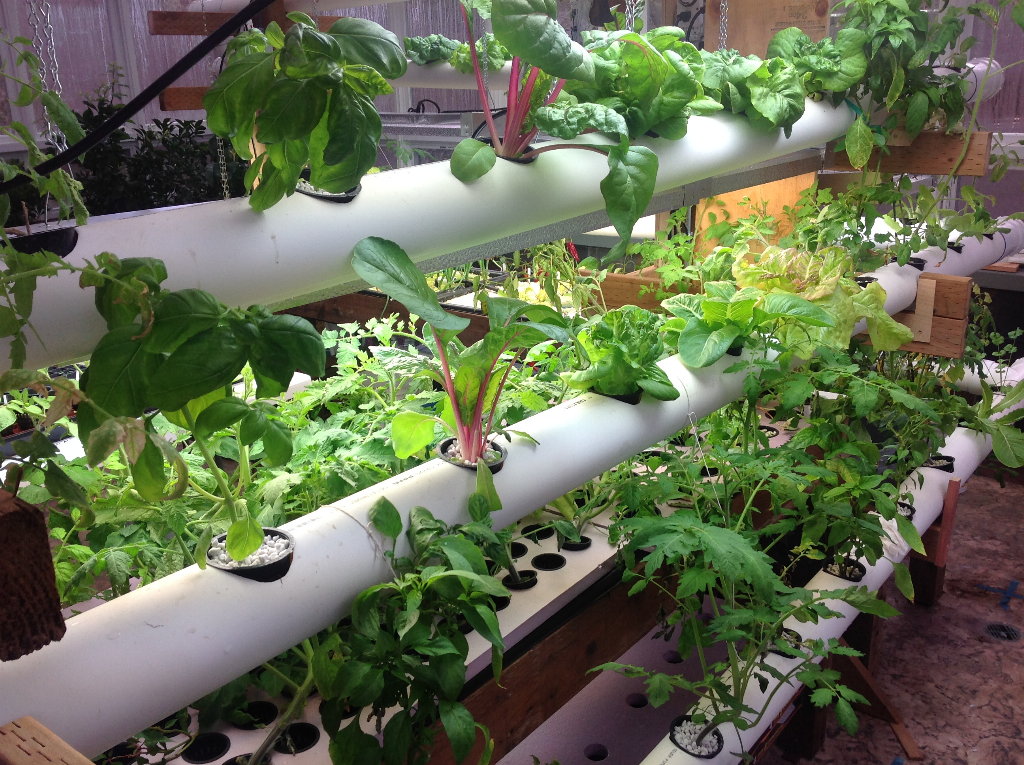What are hydroponics?
The word hydroponics derives from the Greek words hydro=water and ponos=work, thus it is literally “work in water.” It is a crop production technique that does not require the use of soil, which is replaced by water with the necessary mineral salts dissolved in it, known as the nutritive solution. The nutritive solution is perhaps the most important part of the entire hydroponic technique; the formulation and supervision of the nutritive solution, along with an appropriate election of the soluble mineral sources, are key in the success of hydroponic crops.
Hydroponics background
Soil degradation and water shortage are characteristics of arid and semi-arid zones worldwide, with many areas at risk of desertification; however, agriculture plays an important role in the economy of many of the countries affected. Implementing hydroponics as an alternative form of crop production helps promote environmental protection and sustainability.

Although this technique was used in the Hanging Gardens of Babylon, hydroponics had its origin in the 19th century, as a result of the studies of the physiologist John Woodward on the absorption of nutrients by plants. At the end of the 1920s, Dr. William Frederick Gericke, a physiologist at the University of California at Berkeley, adapted the laboratory techniques to practical methods for the commercial production of soilless crops in the open; he is considered the father of hydroponics. This knowledge was used by soldiers of the UK and the USA during the Second World War, producing hydroponic crops for their own use. Currently, the team of Dr. Gene Giacomelli at the University of Arizona is working for NASA on a prototype of a greenhouse for the hydroponic production of crops on the Moon and Mars. German engineers, attempting to obtain food in extreme conditions, have produced vegetables in the Antarctic using this technique.

Hydroponic crop production
Hydroponics have extended all over the world, and the technique is being developed in many countries where transnational companies use it for intensive production. It has been implemented both in agriculture in the open and protected. The main vegetables that can be produced with hydroponics include members of the Apiaceae (celery, coriander, parsley), Asteraceae (lettuce), Brassicaceae (watercress, broccoli, cauliflower, cabbage), Cucurbitaceae (squash, melons, cucumber, watermelon) and Solanaceae (eggplant, chili, tomato). This form of soilless production increases the productivity of the crops and provides vegetables of excellent quality, while assuring a more efficient use of water and fertilizers. Yields per unit area cultivated are greater than those of traditional agriculture, due to greater planting density and more efficient use of light and space, along with obtaining more harvests per year.
Hydroponic production today
Recently the interest in the hydroponic production of crops in greenhouses has increased considerably; however, greater diffusion of the technique and capacitation in its use are required. Hydroponics have been implemented very successfully in developed countries, and may be implemented with simple technology in urban and suburban areas in family gardens, improving the living conditions, income level and diet of poorer people in urban and rural areas. The space required would not be limiting to produce their own food, with reduced use of chemical products and obtaining better quality products; thus its implementation is a highly viable alternative in communities with extreme poverty. Those of use involved in agriculture should therefore continue to promote hydroponics as a crop production technique.
Information from “Hydroponic production of crops” by Jesús López Elías licensed under CC BY

Learn, Grow, Eat & Go!
Learn, Grow, Eat & GO! (LGEG) is the new research-based, evidence-based curriculum project of the International Junior Master Gardener® Program.
Multimodal materials on hydroponics
School gardens and hydroponics to support rural schools in Djibouti
Overview of a project to teach hydroponic gardening to schools in the East African county of Djibouti, sponsored by the Food and Agriculture Organization of the United Nations
Learn how to grow a plant in a bottle using Hydroponics
This video provides the steps and materials needed to grow a plant in a bottle using hydroponic techniques.
How to Build an Automated Hydroponic System
Learn how to build an automated NFT hydroponic system with a Raspberry Pi and my open source software Mycodo. I walk through the process from system construction and software configuration, to growing plants.
Aquaponics Design – 3 Easiest System Builds for the Backyard
These are 3 of the easiest DIY aquaponics systems configurations you can build yourself. All of these systems can be added to or tweaked to increase the amount of fish and veggies you can grow for you and your family.